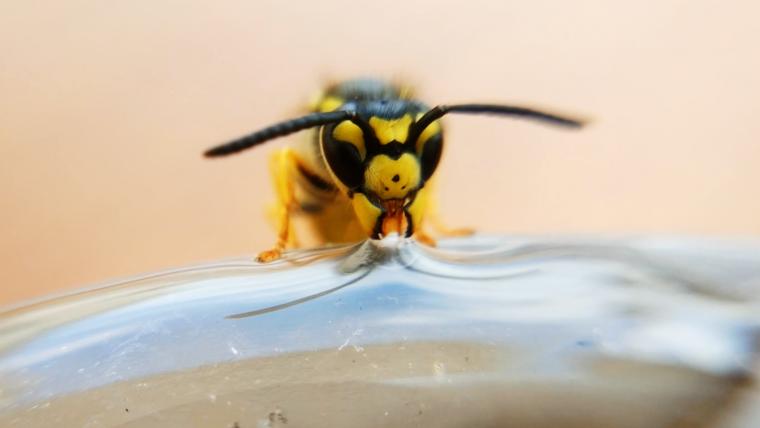
The stinging truth about how wasps ensure food security
The role wasps play in their ecosystems is of greater importance than their sting. With over 30 000 species around the world, wasps are found in habitats from orchards and urban areas to farms and woodlands. These insects are key pollinators, feeding on sugar nectar from fruits. Often labelled a nuisance for their ability to sting multiple times, these creatures are in fact shy and passive. Only the female wasps can sting and the effect varies depending on the species. While these insects may be disliked and even feared, the impact they have on food security is vital.
For many years, bees have worn the crown of primary pollinators. But the decline in their population makes wasps crucial. In the United States alone, beekeepers lost over 43% of their colonies between 2019 and 2020. In tropical ecosystems wasps are pollinators of over 1 000 figs. This unique plant grows flowers inside of the fruit and attracts wasps with an enticing scent when it is ready to pollinate. The female wasps will squeeze in through a small pore in a male fig, lay eggs inside, and die. When the eggs have hatched, male wasps born without wings find a mate, reproduce and also perish. The fertilised female wasp then exits the flower and transports the fig pollen elsewhere.
While animals that survive on figs as food benefit greatly, wasps are also valuable for farmers. In Brazil, these creatures are protectors of plants like maize and sugarcane because at their larval stage they feast on pests like herbivorous caterpillars. This makes wasps key players in ensuring food security, and calls for the need to appreciate them more than ever.
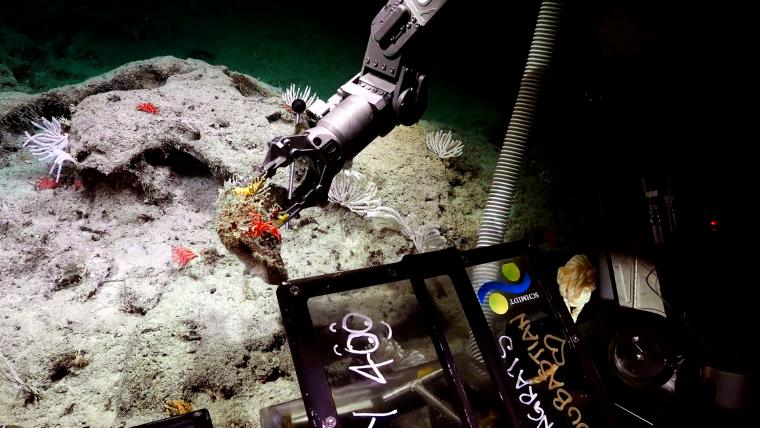





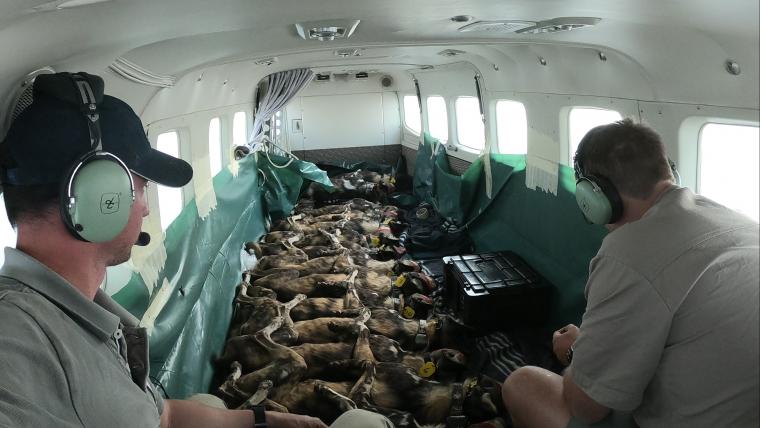
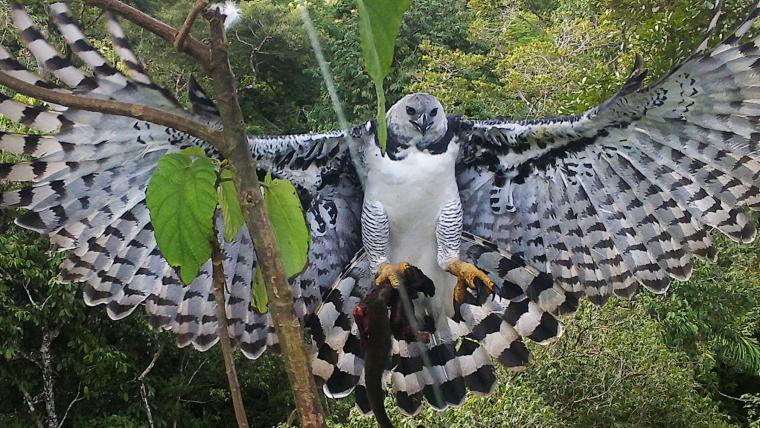

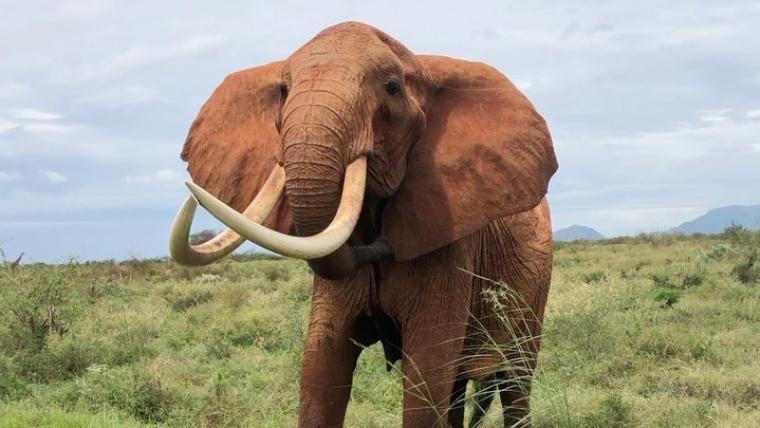




















Please sign in to leave a comment